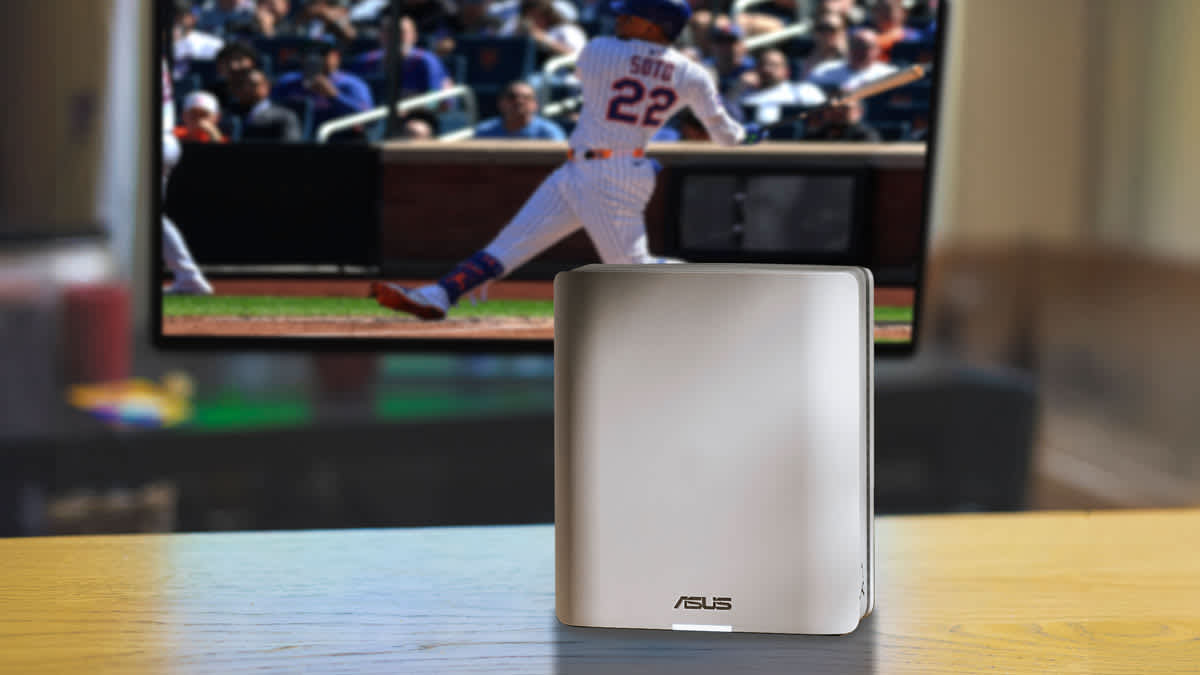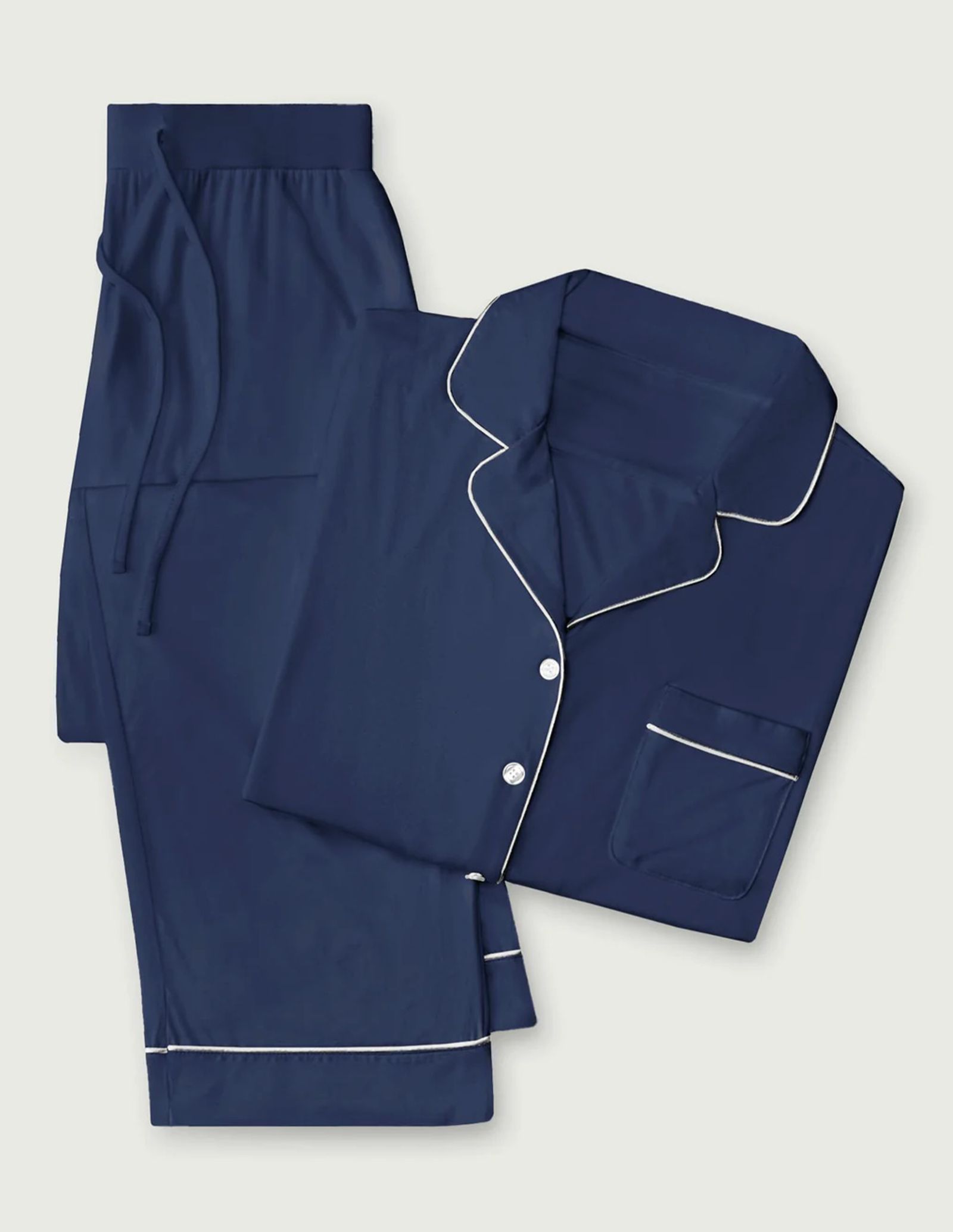
There are 102 routers in our current ratings, ranging from the $50 TP-Link Archer AX10 AX1500 to the $1,100 Netgear Orbi AX6000 Tri-Band Mesh System. With all the test scores and features (particularly the ritzy new WiFi 7 technology), it can be easy to lose your way when trying to choose the best pick for the money. And sure enough, a small shift in thinking surfaced some real surprises and a few pricey disappointments, totally changing how I look at routers.
Here’s what I did.
First, I set a baseline that, in my mind, represents a “good-enough” router. Think of it as the level where a lot of entry-level models cluster. Or, going back to our baseball metaphor, the level of performance you’d get from a run-of-the-mill player: acceptable, but nothing special.
In our current data, I set that replacement line at an Overall Score of 55. That number represents the 30th percentile in our data, meaning it’s the line separating roughly the bottom third of performers from the rest of the pack.
A router’s WAR score, which I note throughout this article, is simply how many points the Overall Score is above (or below) that 55-point baseline. For example, a router with an Overall Score of 80 would have a WAR of +25. A big gap above the line means the router is an All-Star. A big gap below the line? Well, you may want to spend your money elsewhere.
Next, I looked at current retail prices to determine which models give you a big jump for a few dollars more. We’re looking for top-notch performance for the money here, throughput speeds and versatility that may better suit gamers and other high-level users. I kept a few guardrails in place, including skipping over models with poor security or predicted reliability scores.
As I stared at the spreadsheet I created to corral all this new data, what stood out was just how little connection there is between a router’s price and performance. In fact, a large price is an incredibly poor predictor of a great experience.
The clearest example is the $1,100 Netgear Orbi 860 AX6000 (3-Pack) kit, which lands right at the replacement line. In baseball terms, that’s like paying a superstar contract for league-minimum production—think Albert Pujols with the Angels.
At the other end of the spectrum, a few modestly priced models absolutely fly past the line. A good buy is a good buy, whether you’re building a robust home WiFi network or constructing a winning ball club.
With all of that said, here’s how everything shook out—including the model I dubbed the Juan Soto of routers. My read of the data revealed two more clear winners as well, each representing a different kind of victory. All three routers also earn official CR recommendations from our test team.









